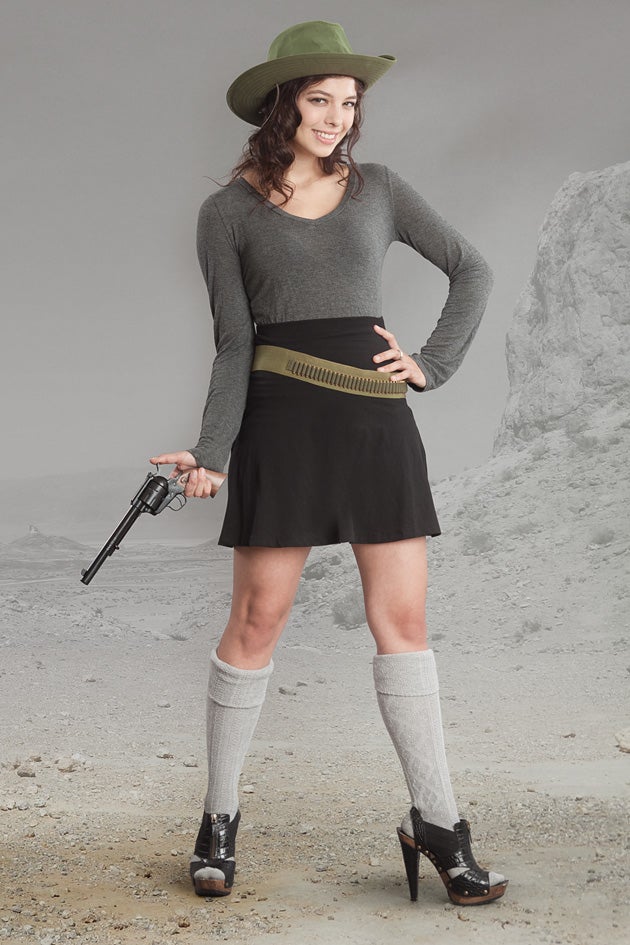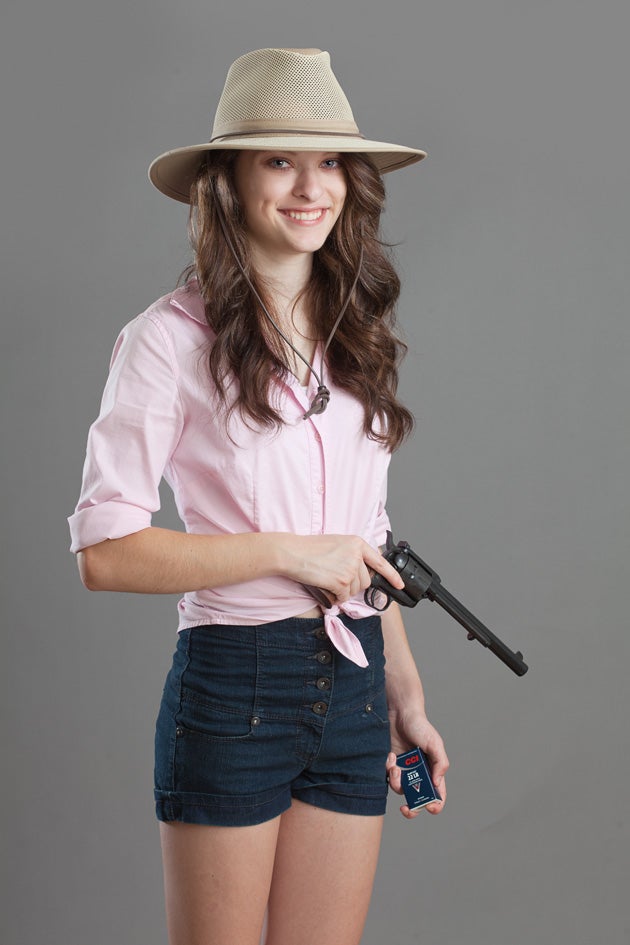Training with Rimfire Revolvers
Oleg Volk 08.05.13
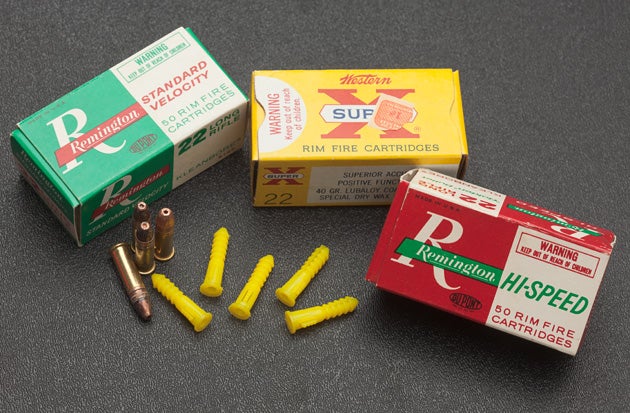
22LR ammunition has been scarce and expensive for several months now. As a result, old, odd and less perfect remainders have gone into use, along with 22 Long and 22 Short cartridges. Designed for consistent high velocity 22LR, many modern autoloading pistols function poorly on this unfitting fodder. Shooters who acquired .22 guns for inexpensive, low-recoil training counterparts to their full-bore weapons are finding themselves paying almost as much for rimfire as for centerfire ammunition. I’d like to outline several training approaches that would mitigate the current shortage.
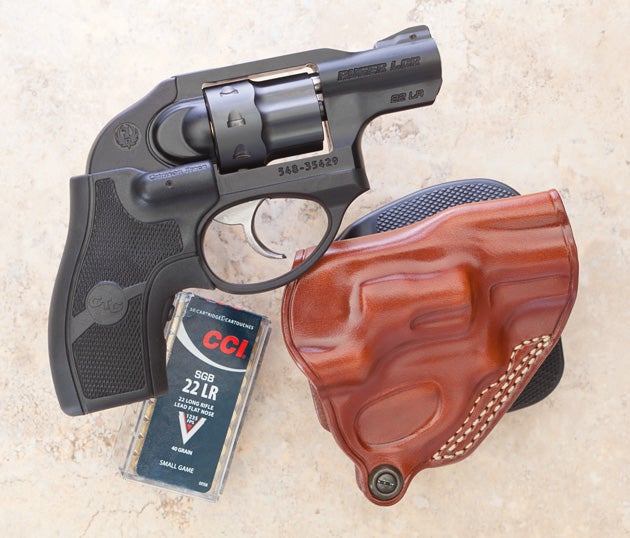
Even with the rising cost of 22LR, it remains important to training because of the much reduced recoil. Firing a hundred rounds is far easier with 40 grain bullets than with 158 grain lead chunks at the same velocity. The learning efficiency can be maximized considerably with dry fire practice. The Ruger manual indicates that dry firing the LCR22 won’t cause mechanical problems. How can you tell if the trigger pull was smooth? The built-in Crimson Trace laser provides a feedback on both trigger control and sight picture. The same laser spot helps develop an efficient presentation — your training buddy can watch it to see if you cover any part of yourself with the muzzle while drawing, if your muzzle over-swings on the target, or if you have to adjust your grip mid-draw.
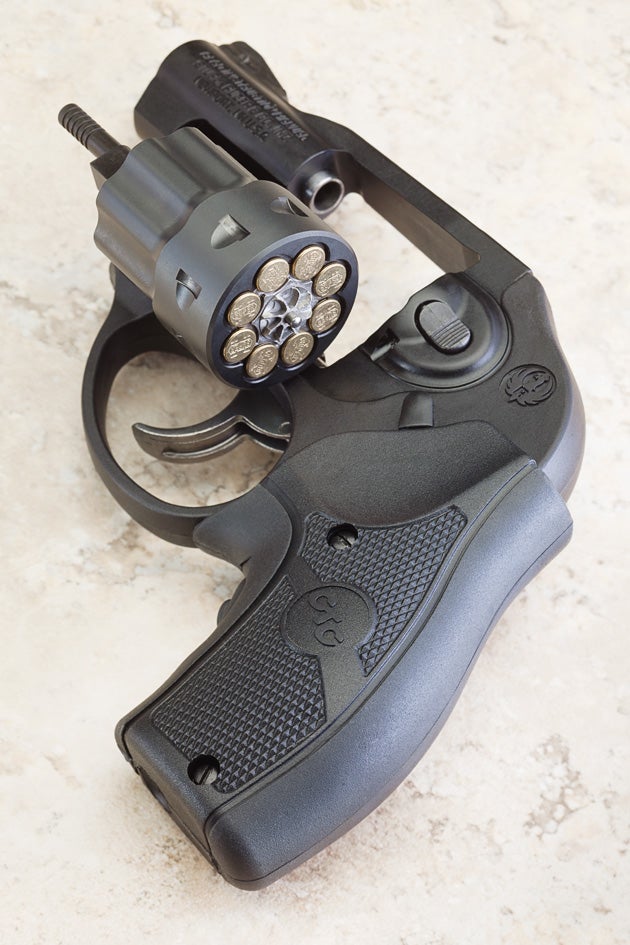
A typical refresher exercise would begin with an empty gun with the laser on. Once you perform the presentation drill half-dozen times, you can turn off the laser with the switch at the bottom of the grip and repeat without the feedback of the dot. Next, draw and fire once. The low recoil of .22 means that practicing follow-up shots won’t be realistic, your time and ammunition best reserved for learning trigger control and accurate pointing. Because you cannot always count on seeing the laser, it should be used more as a diagnostic tool for learning to point accurately. For both sighted and point firing, the laser provides good feedback but it should be regulated to light below the line of sight. The red dot is for your training buddy to observe. Even relatively inconsistent bulk ammunition will work fine for this kind of practice: the goal is to avoid missing by inches due to poor presentation or rough trigger pull.
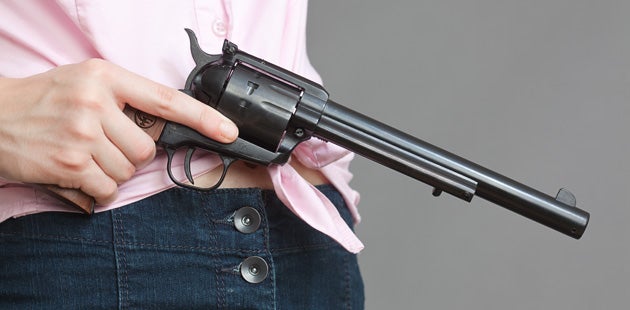
The simultaneous ejection of numerous .22 rounds, while efficient in clean guns with good ammunition, can be problematic after a long range session with low-grade or old cartridges. It is especially true if you mix 22 Short and 22 Long Rifle ammunition. The older, slower single action revolvers hold a decisive advantage in that regard, bringing the full impact of the ejector to bear on one empty at a time.
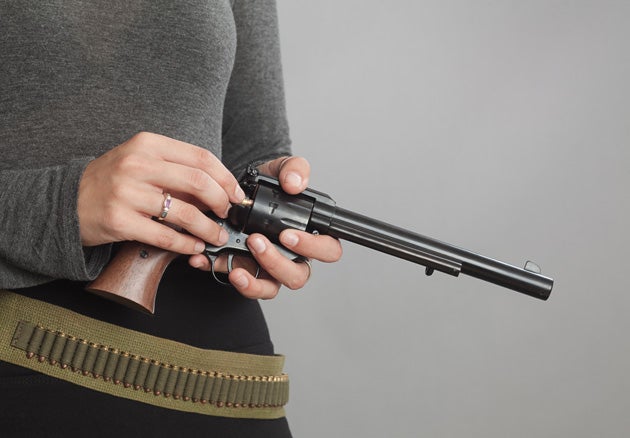
Loading is similarly slower, but recent models like this Chiappa SAA1873 hold up to ten rounds total and can, in a pinch, be used to produce a fairly high rate of fire. Less suited for concealed carry training, these revolvers are superb for marksmanship training and hunting. Long sight radius, crisp trigger and excellent chamber alignment thanks to the fixed cylinder produce good practical accuracy. The longer models with 7.5″ barrels also yield very respectable velocity. For example, 40-grain CCI Velocitor gets up to about 1250fps and 33-grain CCI Stinger zips out at 1350fps..
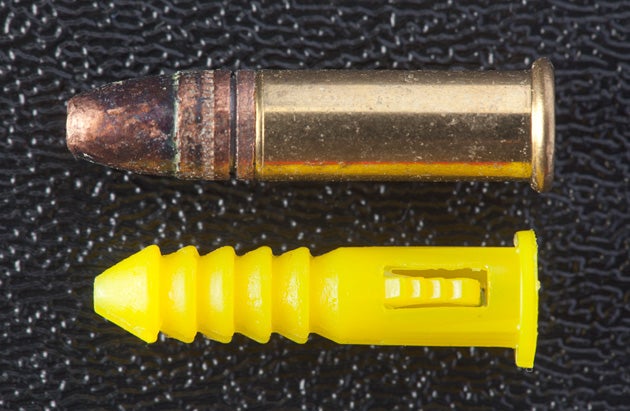
While dry firing is not recommended for most single action revolvers, drywall anchors work well as cheap and effective field-expedient snap-caps. They can even be intermingled with live ammunition to teach new shooters to pull the trigger the same whether or not a report is expected.
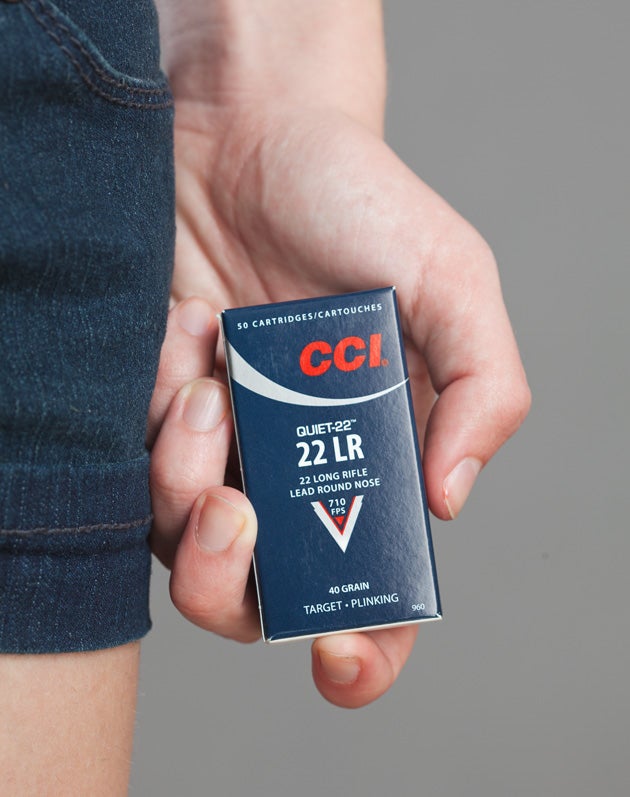
When terminal performance isn’t important, lower velocity training ammunition may be used. Unlike autoloaders, revolvers run it just fine. Slightly lower points of impact is the main difference, usually not significant at close ranges.
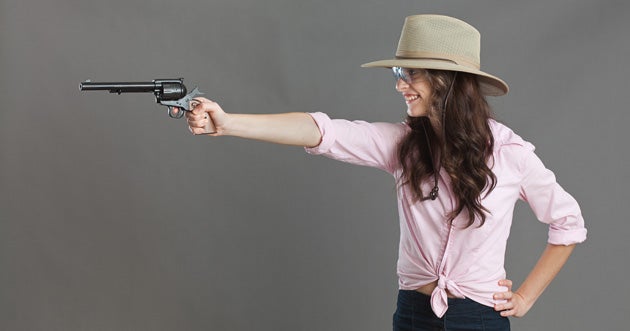
Quaint and non-tactical, these firearms make it easier to introduce those who are on the fence about guns to the fun and the safety practices of responsible marksmanship. 22LR is 1880s technology, shorter rimfire 22s predate it by another two or three decades, and the earliest single action cartridge revolvers go back further than that.
The image of a cowboy or, better yet, a disciple of Annie Oakley, is non-threatening and wholesome — just the first impression needed to bring uncertain newbies to our side.
